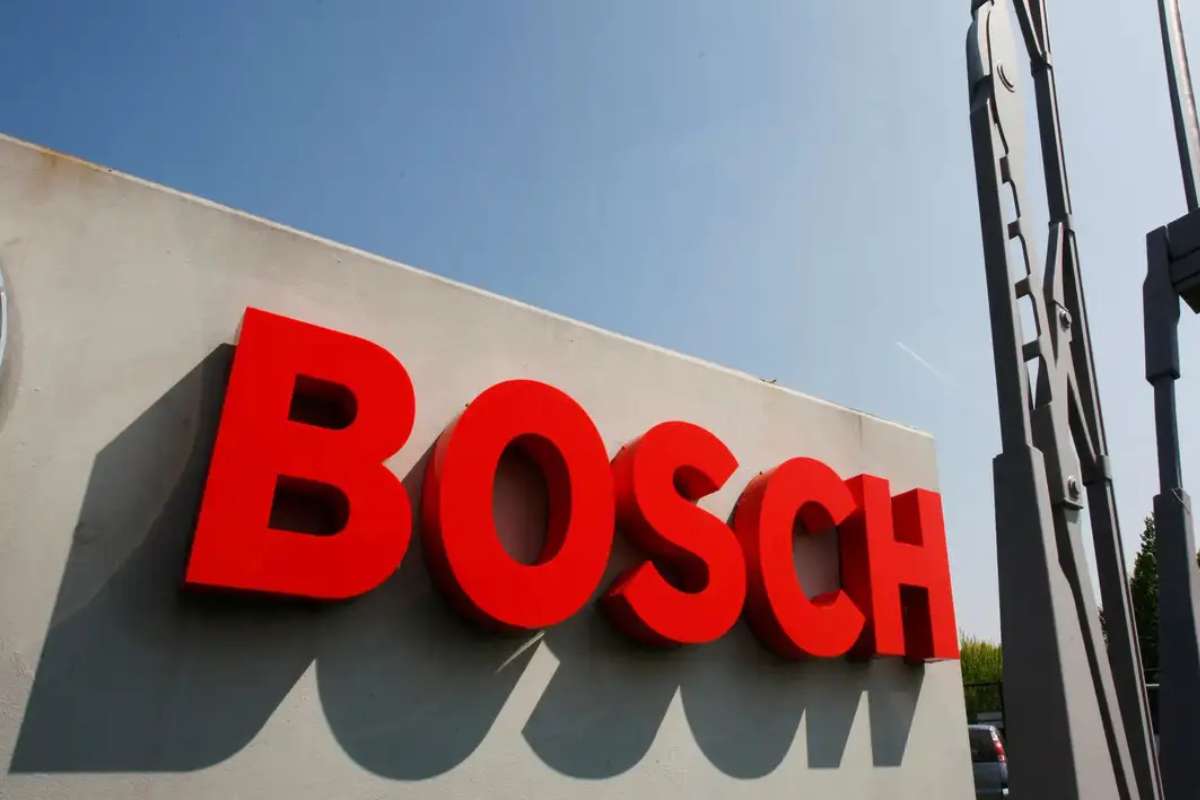Source- Fox Business
Tesla’s Full Self-Driving software recently took a surprising turn, not on the road, but in its pricing strategy. Over the weekend, amidst Elon Musk’s widespread price cuts on Tesla products, the most notable reduction was seen in the cost of Full Self-Driving software. Now priced at $8,000 in the United States, this marks a significant drop from its previous rate, placing it at just over half its peak price from over a year ago. Remarkably, this new pricing even undercuts its initial debut cost, signaling a substantial shift in Tesla’s approach to this coveted software feature.
Introduced to a select group of users three and a half years ago, the Full Self-Driving software beta generated considerable buzz, enabling Musk to progressively increase its price to a peak of $10,000. With promises of ongoing enhancements and eventual full autonomy, Musk urged customers to invest early, warning of escalating costs as the software improved. However, despite repeated price hikes, actual progress remained elusive. Last September, in an unexpected move, Musk initiated the first-ever price reduction for FSD, a departure from previous patterns. This decision, while puzzling at the time, hinted at broader challenges facing Tesla’s autonomous driving ambitions.
Market Response and Strategic Adjustments
The price adjustment for Full Self-Driving software comes amidst broader shifts in Tesla’s pricing strategy, particularly evident in the recent reductions across several vehicle models. Notably, the Model Y, a cornerstone of Tesla’s product lineup, saw its price decrease, effectively reversing earlier increases. Musk’s decision to slash prices just weeks before the crucial Q1 earnings report underscores the company’s efforts to stimulate demand amid challenging market conditions.
The Model Y, which comprises a significant portion of Tesla’s car sales, now faces renewed competition as its price approaches that of rival vehicles. Musk’s acknowledgment of subdued demand for the Model Y at higher price points highlights the necessity for frequent pricing adjustments to align with market dynamics. This strategic maneuver aims to balance production with demand while maximizing revenue potential, reflecting Tesla’s adaptability in navigating fluctuating market pressures.
People Have No Idea about Tesla’s Full Self-Driving Software
Shifting Strategies and Financial Implications
Beyond price adjustments, Tesla’s approach to FSD reflects a broader shift in strategy, moving away from grandiose promises of imminent autonomy towards a more pragmatic outlook. The rebranding of Full Self-Driving software to “supervised FSD” acknowledges the challenges of achieving full autonomy in the near term, aligning with market realities and customer expectations. This strategic pivot not only carries implications for Tesla’s product roadmap but also has significant financial implications, with the potential recognition of deferred revenue serving as a boon for upcoming earnings reports.
As Tesla prepares to unveil its Q1 earnings, the convergence of pricing adjustments, market dynamics, and strategic realignments underscores the complexities facing the electric car manufacturer. With shareholder approval sought for a substantial pay deal for Musk, these developments underscore the critical juncture at which Tesla finds itself, balancing innovation, market demand, and financial performance in an ever-evolving landscape.
Also Read: Unveiling the Power of Blue Ocean Strategy: A Path to Uncontested Market Space











